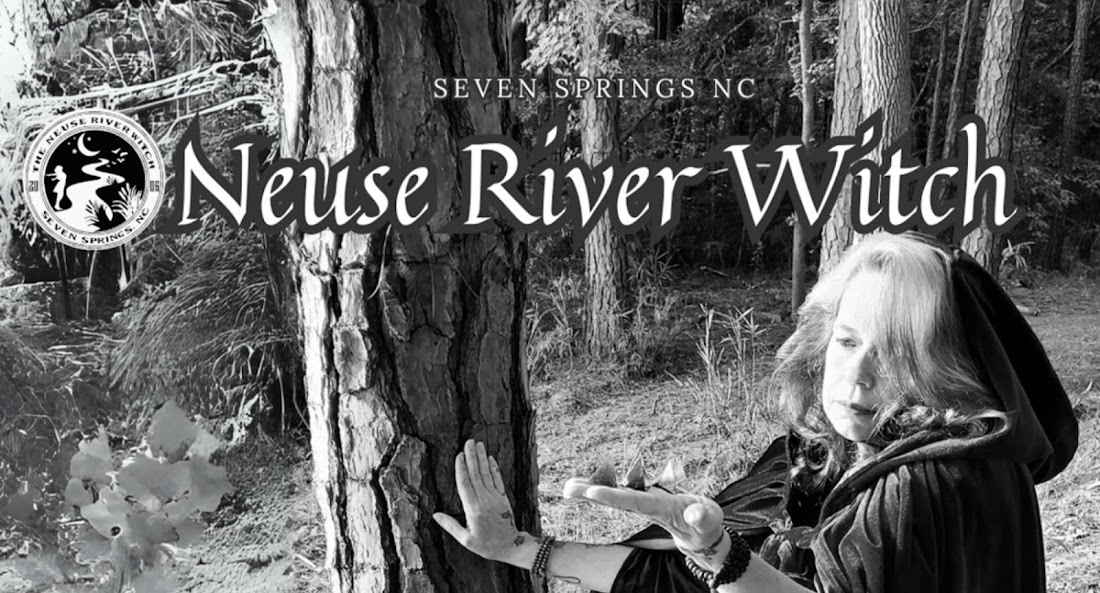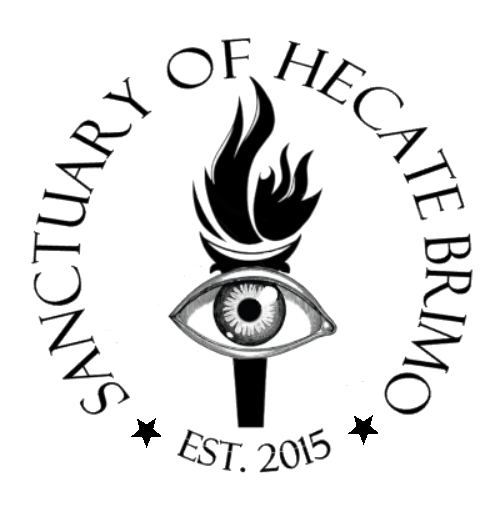
Lammas, also known as Lughnasadh, is a pagan holiday celebrating the first harvest. It is a time to give thanks for the abundance of crops and to honor the gods and goddesses of agriculture.
The name Lammas comes from the Old English word hlāfmæsse, which means "loaf-mass." This is because it was customary for people to bring a loaf of bread made from the new grain to church on this day. The priest then blessed the bread, and the people would share it with each other.
Lammas is also a time for festivals and games. In some cultures, people would build bonfires and dance around them. There would also be competitions to see who could reap the most grain in time.
Today, Lammas is still celebrated by some pagans and Wiccans. However, it is also a popular time for people of all faiths to celebrate the harvest. Many festivals and events are held on Lammas, and people often enjoy traditional foods such as bread, pastries, and fruit.
Symbols of Lammas
Wheat: Wheat is the most important symbol of Lammas, as it is the first crop to be harvested. It represents abundance, fertility, and prosperity.
Corn dollies: Corn dollies are small figures made from the last sheaves of corn that are cut. They are believed to represent the corn's spirit and are often decorated with ribbons and flowers.
Sun: The sun is also a symbol of Lammas, as it is at its height during this time of year. It represents life, growth, and warmth.
Fire: Fire is another important symbol of Lammas. It is often used in rituals and ceremonies to represent the sun's power and the harvest's warmth.
Lammas Traditions
There are many traditional practices associated with Lammas, including:
Baking bread: Baking bread is a popular tradition on Lammas. The bread is made from the new grain and is often decorated with harvest symbols.
Making corn dollies: Corn dollies are another popular tradition on Lammas. They are made from the last sheaves of corn that are cut, and they are often decorated with ribbons and flowers.
Building bonfires: Building bonfires is a traditional way to celebrate Lammas. The bonfires are often lit at night, and people would dance around them.
Celebrating with festivals: There are many festivals held on Lammas. These festivals often feature traditional foods, music, and dance.
Lammas is a time to celebrate the abundance of the harvest and to give thanks for the gifts of the earth. It is also a time to reflect on the cycle of life and to appreciate the warmth of the sun.
There are many ways to celebrate Lammas today. You can bake bread, make corn dollies, build a bonfire, or attend a festival. You can also simply spend time outdoors enjoying the beauty of the harvest season.
No matter how you choose to celebrate, Lammas is a time to come together with family and friends to give thanks for the gifts of the earth.
- You can add them to vases, wreaths, or centerpieces.
- Make a flower crown. A flower crown is a simple and elegant way to celebrate Lammas. You can make your own flower crown using summer flowers or purchase one from a local florist.
- Bake bread or pastries with flowers. Adding flowers to bread or pastries is a delicious way to celebrate Lammas. You can use any type of summer flower, but some popular choices include lavender, chamomile, and rose.
- Make a flower altar. A flower altar is a beautiful way to honor the gods and goddesses of agriculture. You can create your own flower altar using a table, a bookshelf, or even a windowsill.
- Have a bonfire. Building a bonfire is a traditional way to celebrate Lammas. You can decorate the bonfire with flowers, and you can even roast marshmallows over the fire.
- Sunflowers: Sunflowers are a symbol of abundance and prosperity. They are also associated with the sun, which is at its height during the Lammas season.
- Cornflowers: Cornflowers are a symbol of the harvest. They are often used in corn dollies, which are small figures made from the last sheaves of corn that are cut.
- Marigolds: Marigolds are a symbol of protection and good luck. They are also associated with the Celtic goddess Brigid, who is the patron saint of spring and agriculture.
- Lavender: Lavender is a symbol of peace and tranquility. It is also associated with the element of air, which is believed to be at its strongest during the Lammas season.
- Gladiolus: Gladiolus is a symbol of strength and courage. They are also associated with the Roman god Mars, who is the god of war.
Calling on Hecate for Lammas
- Go outside and find a spot where you can sit comfortably.
- Gather a handful of summer flowers. You can choose any flowers that you like, but some good options include sunflowers, cornflowers, marigolds, lavender, or gladiolus.
- Place the flowers in the basket or bowl.
- Light the black candle.
- Take a piece of paper and pen and write down your intentions for the Lammas season. What are you grateful for? What do you hope to achieve?
- Sit quietly for a few minutes and contemplate your intentions.
- Close your eyes and breathe deeply.
- Visualize the flowers in the basket or bowl as a symbol of abundance and prosperity.
- Open your eyes and call upon Hecate, the goddess of the crossroads, the moon, and magic.
- Ask Hecate to help you manifest your intentions for the Lammas season. (invocation below)
- Thank Hecate for her guidance and protection.
- Blow out the candle.
- Take the flowers inside and place them in a vase.


























